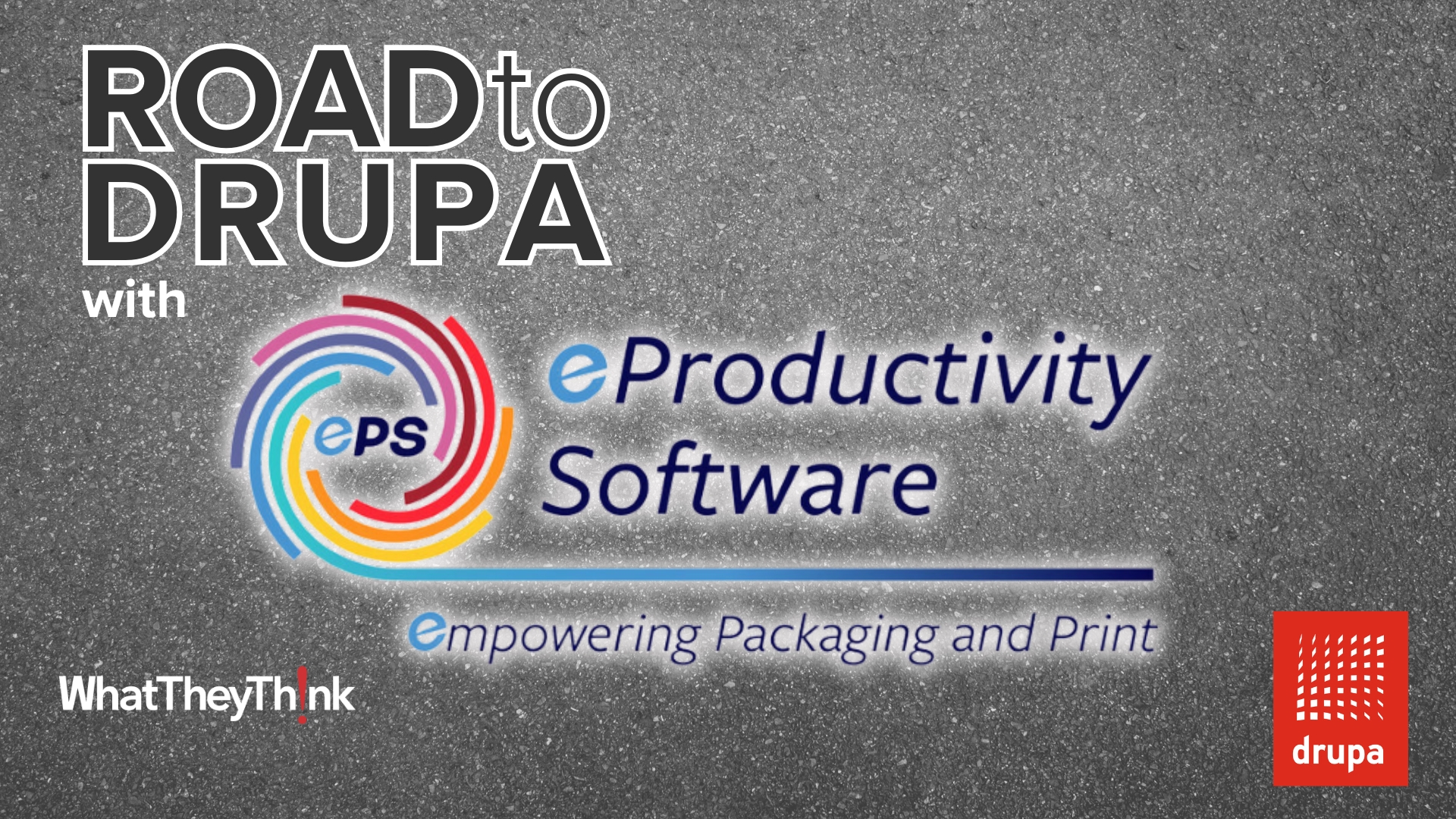 According to Jay Carlis, VP of Marketing for Pennsylvania-based Community Energy, a purveyor of carbon offsets and renewable energy certificates (aka RECs), the quality of carbon offsets varies greatly. To be sure the offset you’re considering is the real deal, Carlis says, see if it passes muster on these four tests:
Is it Real? Is the project that generates your offsets happening right now, or is the project just on the drawing board? If it’s the latter, you may just want to put it down and walk away.
Is it Permanent? If the project cannot guarantee that the carbon it eliminates from the atmosphere, through destruction or sequestration, is gone for good, the offsets might not be all they claim to be. (Tree-planting offsets warrant scrutiny under this test – how the seller deals with mortality, destruction by fire, harvest issues, etc. will reveal the merit of the offset.)
Is it Verifiable? Has an independent third-party assessed the project and ascertained that 1) it exists, and 2) that it delivers on it carbon elimination promise. There are certification bodies, such as Green-e, that audit and certify the legitimacy of environmental commodities and products that claim to mitigate climate change.
Is it Additional? A high-quality carbon offset will come from a project that is doing something above-and-beyond (additional to) the status quo. Generation of electricity by wind turbines creates power that would otherwise have been generated by the burning of carbon-emitting fossil fuels. This passes the test of additionality. A carbon credit based on setting aside a stand of mature trees from harvest might not pass the additionality test as those mature trees, and the carbon captured within them, already existed.
Community Energy’s Jay Carlis also notes that some carbon offsets deliver ancillary benefits that might fit well with a printer’s social or political outlook. “Carbon offsets coming from renewable energy projects here in the U.S. also contribute to our energy independence and energy security, as well as providing domestic jobs and helping to build the fossil-fuel-free sector of our economy,” says Carlis. That can’t be said of offsets generated by projects in developing countries, Carlis adds.
While taking measurable actions to reduce your carbon footprint should be part of a printer’s sustainability initiatives, purchasing high-quality carbon offsets is a legitimate way to mitigate the carbon generated by a print facility’s operations, including carbon emitted by its fleet vehicles, worker commutes, and business travel. The key is in finding carbon offsets that make the grade.
According to Jay Carlis, VP of Marketing for Pennsylvania-based Community Energy, a purveyor of carbon offsets and renewable energy certificates (aka RECs), the quality of carbon offsets varies greatly. To be sure the offset you’re considering is the real deal, Carlis says, see if it passes muster on these four tests:
Is it Real? Is the project that generates your offsets happening right now, or is the project just on the drawing board? If it’s the latter, you may just want to put it down and walk away.
Is it Permanent? If the project cannot guarantee that the carbon it eliminates from the atmosphere, through destruction or sequestration, is gone for good, the offsets might not be all they claim to be. (Tree-planting offsets warrant scrutiny under this test – how the seller deals with mortality, destruction by fire, harvest issues, etc. will reveal the merit of the offset.)
Is it Verifiable? Has an independent third-party assessed the project and ascertained that 1) it exists, and 2) that it delivers on it carbon elimination promise. There are certification bodies, such as Green-e, that audit and certify the legitimacy of environmental commodities and products that claim to mitigate climate change.
Is it Additional? A high-quality carbon offset will come from a project that is doing something above-and-beyond (additional to) the status quo. Generation of electricity by wind turbines creates power that would otherwise have been generated by the burning of carbon-emitting fossil fuels. This passes the test of additionality. A carbon credit based on setting aside a stand of mature trees from harvest might not pass the additionality test as those mature trees, and the carbon captured within them, already existed.
Community Energy’s Jay Carlis also notes that some carbon offsets deliver ancillary benefits that might fit well with a printer’s social or political outlook. “Carbon offsets coming from renewable energy projects here in the U.S. also contribute to our energy independence and energy security, as well as providing domestic jobs and helping to build the fossil-fuel-free sector of our economy,” says Carlis. That can’t be said of offsets generated by projects in developing countries, Carlis adds.
While taking measurable actions to reduce your carbon footprint should be part of a printer’s sustainability initiatives, purchasing high-quality carbon offsets is a legitimate way to mitigate the carbon generated by a print facility’s operations, including carbon emitted by its fleet vehicles, worker commutes, and business travel. The key is in finding carbon offsets that make the grade.
Commentary & Analysis
Going Green through Carbon Offsets? Now, Wait Just a Minute!
Some very notable members of the printing community have jumped on the carbon offset bandwagon as a means of demonstrating their “greenness.” But before you whip out that MasterCard to make your carbon footprint fade into the oobie-doo, remember this: not all carbon offsets are created equal.
In the last few years, some very notable members of the printing community have jumped on the carbon offset bandwagon as a means of demonstrating their “greenness.” Because it requires no actual change in behavior, taking out a contract on your carbon footprint is an easy move to make. (Some say “too easy,” but that’s fodder for another column.)
The internet abounds with calculators to help printers, other businesses and individuals determine their carbon footprints. And – big surprise! – many of these sites offer click-to-buy carbon offsets that allow you to reduce or eliminate that carbon footprint altogether.
But before you whip out that MasterCard to make your carbon footprint fade into the oobie-doo, remember this: carbon is carbon, but not all carbon offsets are created equal.
Each carbon offset is proof that one ton of atmospheric carbon has been eliminated or prevented from being emitted. Offsets can be created through green-power generation, afforestation (the establishment of forests where none previously existed), or carbon-reduction projects such as destruction of agricultural methane, among others.
 According to Jay Carlis, VP of Marketing for Pennsylvania-based Community Energy, a purveyor of carbon offsets and renewable energy certificates (aka RECs), the quality of carbon offsets varies greatly. To be sure the offset you’re considering is the real deal, Carlis says, see if it passes muster on these four tests:
Is it Real? Is the project that generates your offsets happening right now, or is the project just on the drawing board? If it’s the latter, you may just want to put it down and walk away.
Is it Permanent? If the project cannot guarantee that the carbon it eliminates from the atmosphere, through destruction or sequestration, is gone for good, the offsets might not be all they claim to be. (Tree-planting offsets warrant scrutiny under this test – how the seller deals with mortality, destruction by fire, harvest issues, etc. will reveal the merit of the offset.)
Is it Verifiable? Has an independent third-party assessed the project and ascertained that 1) it exists, and 2) that it delivers on it carbon elimination promise. There are certification bodies, such as Green-e, that audit and certify the legitimacy of environmental commodities and products that claim to mitigate climate change.
Is it Additional? A high-quality carbon offset will come from a project that is doing something above-and-beyond (additional to) the status quo. Generation of electricity by wind turbines creates power that would otherwise have been generated by the burning of carbon-emitting fossil fuels. This passes the test of additionality. A carbon credit based on setting aside a stand of mature trees from harvest might not pass the additionality test as those mature trees, and the carbon captured within them, already existed.
Community Energy’s Jay Carlis also notes that some carbon offsets deliver ancillary benefits that might fit well with a printer’s social or political outlook. “Carbon offsets coming from renewable energy projects here in the U.S. also contribute to our energy independence and energy security, as well as providing domestic jobs and helping to build the fossil-fuel-free sector of our economy,” says Carlis. That can’t be said of offsets generated by projects in developing countries, Carlis adds.
While taking measurable actions to reduce your carbon footprint should be part of a printer’s sustainability initiatives, purchasing high-quality carbon offsets is a legitimate way to mitigate the carbon generated by a print facility’s operations, including carbon emitted by its fleet vehicles, worker commutes, and business travel. The key is in finding carbon offsets that make the grade.
According to Jay Carlis, VP of Marketing for Pennsylvania-based Community Energy, a purveyor of carbon offsets and renewable energy certificates (aka RECs), the quality of carbon offsets varies greatly. To be sure the offset you’re considering is the real deal, Carlis says, see if it passes muster on these four tests:
Is it Real? Is the project that generates your offsets happening right now, or is the project just on the drawing board? If it’s the latter, you may just want to put it down and walk away.
Is it Permanent? If the project cannot guarantee that the carbon it eliminates from the atmosphere, through destruction or sequestration, is gone for good, the offsets might not be all they claim to be. (Tree-planting offsets warrant scrutiny under this test – how the seller deals with mortality, destruction by fire, harvest issues, etc. will reveal the merit of the offset.)
Is it Verifiable? Has an independent third-party assessed the project and ascertained that 1) it exists, and 2) that it delivers on it carbon elimination promise. There are certification bodies, such as Green-e, that audit and certify the legitimacy of environmental commodities and products that claim to mitigate climate change.
Is it Additional? A high-quality carbon offset will come from a project that is doing something above-and-beyond (additional to) the status quo. Generation of electricity by wind turbines creates power that would otherwise have been generated by the burning of carbon-emitting fossil fuels. This passes the test of additionality. A carbon credit based on setting aside a stand of mature trees from harvest might not pass the additionality test as those mature trees, and the carbon captured within them, already existed.
Community Energy’s Jay Carlis also notes that some carbon offsets deliver ancillary benefits that might fit well with a printer’s social or political outlook. “Carbon offsets coming from renewable energy projects here in the U.S. also contribute to our energy independence and energy security, as well as providing domestic jobs and helping to build the fossil-fuel-free sector of our economy,” says Carlis. That can’t be said of offsets generated by projects in developing countries, Carlis adds.
While taking measurable actions to reduce your carbon footprint should be part of a printer’s sustainability initiatives, purchasing high-quality carbon offsets is a legitimate way to mitigate the carbon generated by a print facility’s operations, including carbon emitted by its fleet vehicles, worker commutes, and business travel. The key is in finding carbon offsets that make the grade.
 According to Jay Carlis, VP of Marketing for Pennsylvania-based Community Energy, a purveyor of carbon offsets and renewable energy certificates (aka RECs), the quality of carbon offsets varies greatly. To be sure the offset you’re considering is the real deal, Carlis says, see if it passes muster on these four tests:
Is it Real? Is the project that generates your offsets happening right now, or is the project just on the drawing board? If it’s the latter, you may just want to put it down and walk away.
Is it Permanent? If the project cannot guarantee that the carbon it eliminates from the atmosphere, through destruction or sequestration, is gone for good, the offsets might not be all they claim to be. (Tree-planting offsets warrant scrutiny under this test – how the seller deals with mortality, destruction by fire, harvest issues, etc. will reveal the merit of the offset.)
Is it Verifiable? Has an independent third-party assessed the project and ascertained that 1) it exists, and 2) that it delivers on it carbon elimination promise. There are certification bodies, such as Green-e, that audit and certify the legitimacy of environmental commodities and products that claim to mitigate climate change.
Is it Additional? A high-quality carbon offset will come from a project that is doing something above-and-beyond (additional to) the status quo. Generation of electricity by wind turbines creates power that would otherwise have been generated by the burning of carbon-emitting fossil fuels. This passes the test of additionality. A carbon credit based on setting aside a stand of mature trees from harvest might not pass the additionality test as those mature trees, and the carbon captured within them, already existed.
Community Energy’s Jay Carlis also notes that some carbon offsets deliver ancillary benefits that might fit well with a printer’s social or political outlook. “Carbon offsets coming from renewable energy projects here in the U.S. also contribute to our energy independence and energy security, as well as providing domestic jobs and helping to build the fossil-fuel-free sector of our economy,” says Carlis. That can’t be said of offsets generated by projects in developing countries, Carlis adds.
While taking measurable actions to reduce your carbon footprint should be part of a printer’s sustainability initiatives, purchasing high-quality carbon offsets is a legitimate way to mitigate the carbon generated by a print facility’s operations, including carbon emitted by its fleet vehicles, worker commutes, and business travel. The key is in finding carbon offsets that make the grade.
According to Jay Carlis, VP of Marketing for Pennsylvania-based Community Energy, a purveyor of carbon offsets and renewable energy certificates (aka RECs), the quality of carbon offsets varies greatly. To be sure the offset you’re considering is the real deal, Carlis says, see if it passes muster on these four tests:
Is it Real? Is the project that generates your offsets happening right now, or is the project just on the drawing board? If it’s the latter, you may just want to put it down and walk away.
Is it Permanent? If the project cannot guarantee that the carbon it eliminates from the atmosphere, through destruction or sequestration, is gone for good, the offsets might not be all they claim to be. (Tree-planting offsets warrant scrutiny under this test – how the seller deals with mortality, destruction by fire, harvest issues, etc. will reveal the merit of the offset.)
Is it Verifiable? Has an independent third-party assessed the project and ascertained that 1) it exists, and 2) that it delivers on it carbon elimination promise. There are certification bodies, such as Green-e, that audit and certify the legitimacy of environmental commodities and products that claim to mitigate climate change.
Is it Additional? A high-quality carbon offset will come from a project that is doing something above-and-beyond (additional to) the status quo. Generation of electricity by wind turbines creates power that would otherwise have been generated by the burning of carbon-emitting fossil fuels. This passes the test of additionality. A carbon credit based on setting aside a stand of mature trees from harvest might not pass the additionality test as those mature trees, and the carbon captured within them, already existed.
Community Energy’s Jay Carlis also notes that some carbon offsets deliver ancillary benefits that might fit well with a printer’s social or political outlook. “Carbon offsets coming from renewable energy projects here in the U.S. also contribute to our energy independence and energy security, as well as providing domestic jobs and helping to build the fossil-fuel-free sector of our economy,” says Carlis. That can’t be said of offsets generated by projects in developing countries, Carlis adds.
While taking measurable actions to reduce your carbon footprint should be part of a printer’s sustainability initiatives, purchasing high-quality carbon offsets is a legitimate way to mitigate the carbon generated by a print facility’s operations, including carbon emitted by its fleet vehicles, worker commutes, and business travel. The key is in finding carbon offsets that make the grade.
About Peter Nowack
Video Center
- Inkjet driving insourcing for state in-plants
- Real World AI for the Printing Industry
- Harnessing the Power of Synergy: HP High Speed Inkjet and Indigo Liquid Toner Technologies
- KYOCERA NIXKA INKJET SYSTEMS (KNIS) INTRODUCES BELHARRA, THE NEW WAVE OF PHOTO PRINTERS
- New RISO Printing Unit Offers Easy Integration for Package Printing
- March 2024 Inkjet Installation Roundup
- Inkjet Integrator Profiles: Integrity Industrial Inkjet
- Revisiting the Samba printhead

WhatTheyThink is the official show daily media partner of drupa 2024. More info about drupa programs
© 2024 WhatTheyThink. All Rights Reserved.








